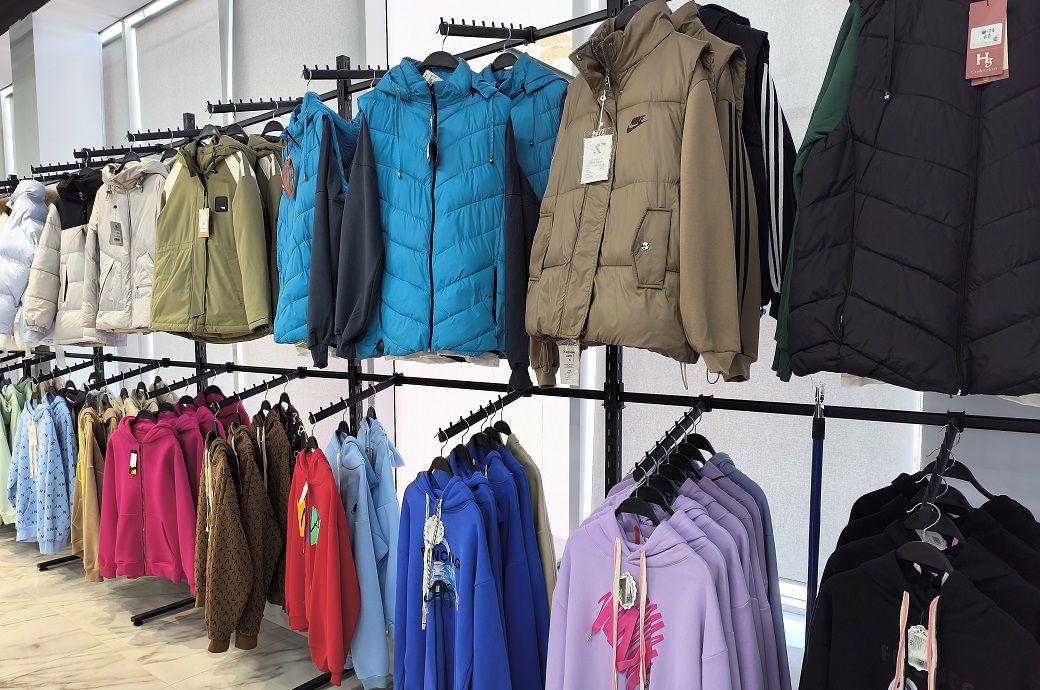
Sanjay K Jain, chairman of the ICC National Committee and managing director of TT Limited, told Fibre2Fashion, “As the data shows, there is no major tariff disparity between the US and India. India imposes an average import duty of 10.4 per cent on textiles and clothing, compared to the 9 per cent duty imposed by the US on these products.” This suggests that even in the case of reciprocal measures, the US may not impose significantly higher duties. Traditionally, India exports textiles and clothing to the US, while its imports of these products from the US remain negligible.
Regarding emerging opportunities, if the US imposes higher duties on Chinese textiles and clothing, Jain commented, “Business will shift from China. We are in the process of building a large garment factory in West Bengal, which is expected to start production by July this year.” However, he noted that there has been no indication yet of higher orders from US retailers. The US traditionally imports textiles and clothing from all over the world, with China being a major supplier.
KM Subramanian, president of the Tiruppur Exporters Association, told F2F, “We expect more orders for Indian exporters, but there has been no increase in import enquiries as of now. The US will not be in a position to impose reciprocal duties on Indian products, as it needs to import textiles and clothing for its own requirements.”
He added that the Trump administration’s stance on tariffs contradicts business synergies between trading partners. Some countries specialise in specific products and can produce better quality at lower costs. The importing country benefits by sourcing these products at competitive prices, while simultaneously exporting other products in which it has expertise. Trump’s emphasis on reciprocal duties disrupts these synergies.”
Jasveen Kaur, senior director of merchandising for garment sourcing at New Times Group, observed, “With the US imposing tariffs on goods from China, there has been a notable increase in interest from US retailers in sourcing from India—a trend I have observed closely. To capitalise on this shift, we are positioning our business in several strategic ways. First, we are leveraging India’s competitive edge by promoting local fabrics and trims. This not only reduces the carbon footprint and wasteful practices but also shortens lead times and costs, thanks to India’s lower labour costs, growing workforce, and technological advancements.” New Times Group is a major garment sourcing company in India.
She further stated, “We are also focusing on core categories where India has a competitive edge, while exploring growth opportunities in new categories such as denim, sweaters, and other man-made fibre (MMF) goods. As brands and consumers become more aware of sustainable fashion, we are offering product traceability to meet the growing demand for sustainable and ethical practices. By taking these steps, we are well-positioned to capitalise on the increasing interest from US retailers in sourcing from India.”
Kaur also noted significant shifts in demand, with a surge in enquiries from US buyers looking to diversify their sourcing away from China within the apparel and textile sector. “We are witnessing a strong push to transition a wide range of categories to India, and this shift needs to happen almost immediately. There has been a notable uptick in customer engagement in India, with buyers traveling extensively to explore opportunities. This exploration spans everything from design and fabric selection to meeting with mills and suppliers.”
She added, “We saw a substantial increase in footfall at Bharat Tex this year, as buyers sought to connect with new mills and suppliers. Brands are also keen on setting up local teams to expedite the approval process, ensuring smoother operations. India is poised to continue receiving opportunities not only in existing programmes but also in new categories. I strongly feel there is going to be a substantial increase in business especially in categories such as sweater, denim and MMF business.”
Dr. A Sakthivel, honorary chairman, Tiruppur Exporters’ Association said, “We have observed some interest from US retailers in exploring alternative sourcing options in India. Naturally, they will face higher tariffs on imports from China. Following recent developments in global trade, we have received new enquiries from US importers seeking to diversify their sourcing away from China.”
“There is certainly a greater interest in sourcing from India. With Bangladesh political situation continuing to remain volatile, India is an ideal option. Question is whether we will be ready and equipped to take advantage of this. Though initial discussions have started, it will take a couple of seasons for actual business to fructify,” commented Rahul Mehta, chief mentor, The Clothing Manufacturers Association of India.
To sum up, India’s appeal as a sourcing destination for US buyers in the garment and textile industry is growing, driven by factors such as political stability, high-value product capabilities, sustainability initiatives, and technological advancements.
ALCHEMPro News Desk (KUL)
Receive daily prices and market insights straight to your inbox. Subscribe to AlchemPro Weekly!